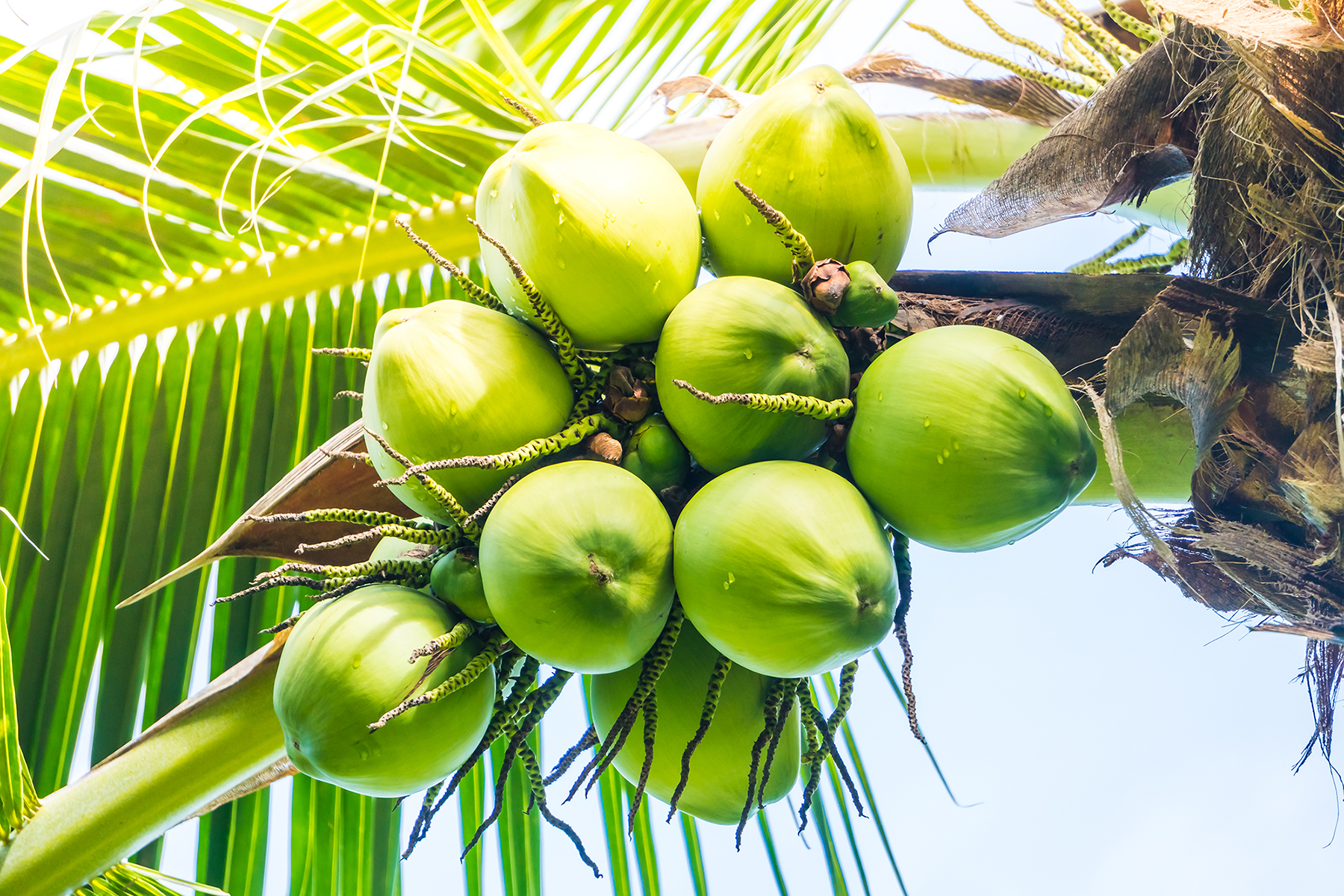- This topic is empty.
- AuthorPosts
- February 18, 2025 at 1:54 pm #569164

The coconut industry plays a vital role in the economies of tropical countries, providing a wide range of products used in food, cosmetics, medicine, and industrial applications.
As one of the most versatile crops, coconuts are grown in over 90 countries, with significant production in regions such as Southeast Asia, South Asia, and Central America.
Despite its importance, the coconut supply chain faces numerous challenges that hinder its efficiency and growth.
This article provides an overview of the coconut supply chain and outlines the key constraints that impact its performance from farm to market.
1. Structure of the Coconut Supply Chain
The coconut supply chain involves a series of steps that take the product from farms to consumers. It begins with the cultivation of coconuts, which are harvested by smallholder farmers, often relying on traditional farming practices.
After harvesting, the coconuts are processed into various products such as copra (dried coconut meat), coconut oil, coconut milk, and coconut water.
These products are then transported to local and international markets, often undergoing further processing and packaging for retail sale.
Throughout the supply chain, there are multiple stakeholders, including farmers, processors, transporters, and retailers, all of whom play crucial roles in ensuring that the product reaches the consumer efficiently.
2. Key Constraints in Coconut Farming and Harvesting
Coconut farming is labor-intensive and heavily dependent on climatic conditions. Smallholder farmers typically manage coconut farms with limited resources, and many of them lack access to modern agricultural technologies or training.
One of the major constraints in coconut farming is the aging of coconut trees, with many farmers having older plantations that yield lower productivity.
Pests and diseases also pose significant threats to coconut crops, particularly the coconut leaf beetle, which damages the trees and reduces yields.
Additionally, the labor required for harvesting is high, as coconuts need to be manually harvested from tall trees, which can lead to a shortage of available workers, especially in remote areas.
3. Processing Constraints in the Coconut Supply Chain
Processing is a critical stage in the coconut supply chain, as the quality of processed products significantly influences market demand and price.
However, the processing sector faces several challenges, including outdated technology and inefficient processing methods. Many coconut processing plants in developing countries operate with minimal automation, resulting in low productivity and high labor costs.
Additionally, the quality of processed coconut products can vary, especially in the absence of standardized processing practices.
The lack of proper storage facilities further complicates the processing stage, as coconut products like copra are highly perishable and require careful handling to maintain quality. These constraints often lead to waste and reduced profit margins for processors.
4. Transportation and Logistics Challenges
Transportation and logistics are also major constraints within the coconut supply chain. In many tropical regions, infrastructure is underdeveloped, making it difficult to efficiently move coconuts and processed products from rural farms to processing centers and markets.
Poor road conditions, limited access to transportation, and inadequate storage facilities can lead to delays and spoilage, especially in remote areas where coconuts are grown.
Furthermore, the coconut supply chain is often fragmented, with many intermediaries involved in the transportation process, leading to inefficiencies and increased costs. These logistical challenges can result in higher prices for consumers and reduced competitiveness in the global market.
5. Market Access and Price Volatility
Market access and price volatility are significant constraints in the coconut supply chain. The global coconut market is subject to fluctuating prices, which can vary based on demand, supply, and market conditions.
Farmers often face price instability, which makes it difficult to plan production and investment. Additionally, smallholder farmers typically have limited bargaining power and may struggle to secure fair prices for their products.
Market access is also a concern, as many coconut farmers in developing countries lack access to international markets or face barriers to entry such as export restrictions, tariffs, or lack of certification for high-quality products.
These challenges limit the profitability of coconut farming and processing and hinder the growth of the industry.
In conclusion, the coconut supply chain is essential to the global economy, but it faces numerous constraints that hinder its efficiency and growth.
From farming and harvesting challenges to issues with processing, transportation, and market access, these constraints affect the overall productivity and profitability of the coconut industry.
Addressing these challenges through improved infrastructure, modern farming techniques, better processing standards, and more equitable market access is crucial to enhancing the competitiveness and sustainability of the coconut supply chain.
By overcoming these constraints, the coconut industry can reach its full potential and continue to thrive as a key agricultural sector worldwide.
Read Also: Complete Practical Guide on Coconut Farming
- AuthorPosts
- You must be logged in to reply to this topic.

